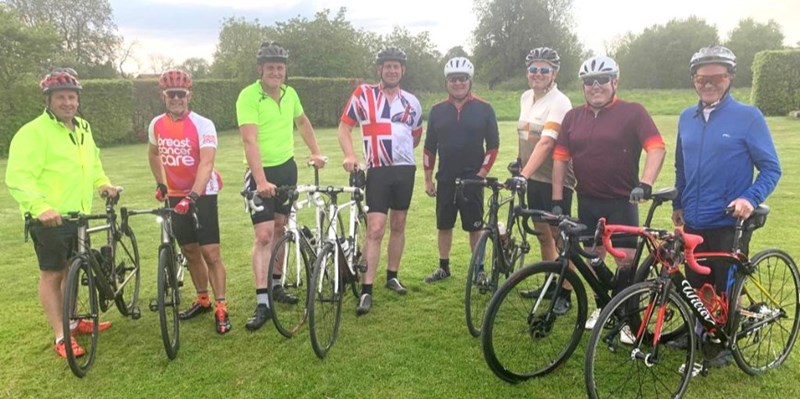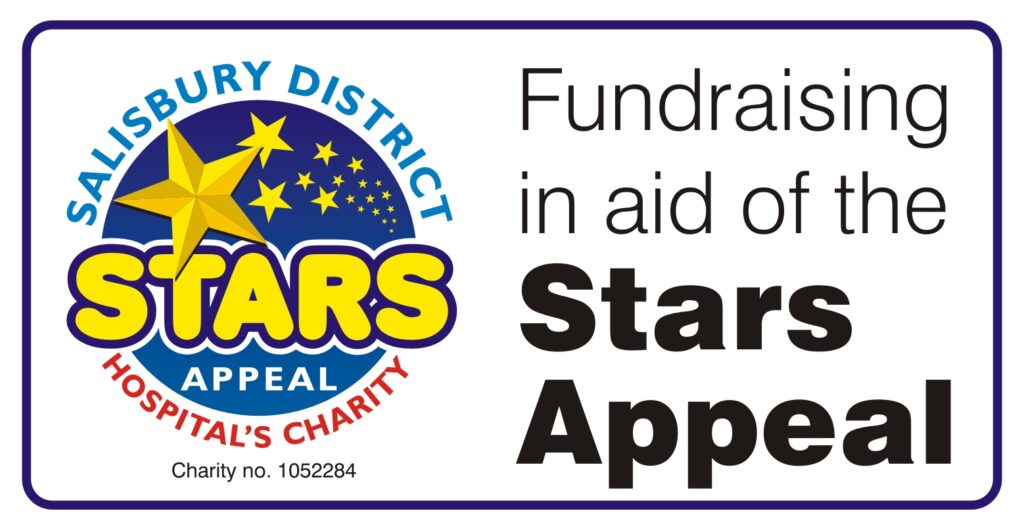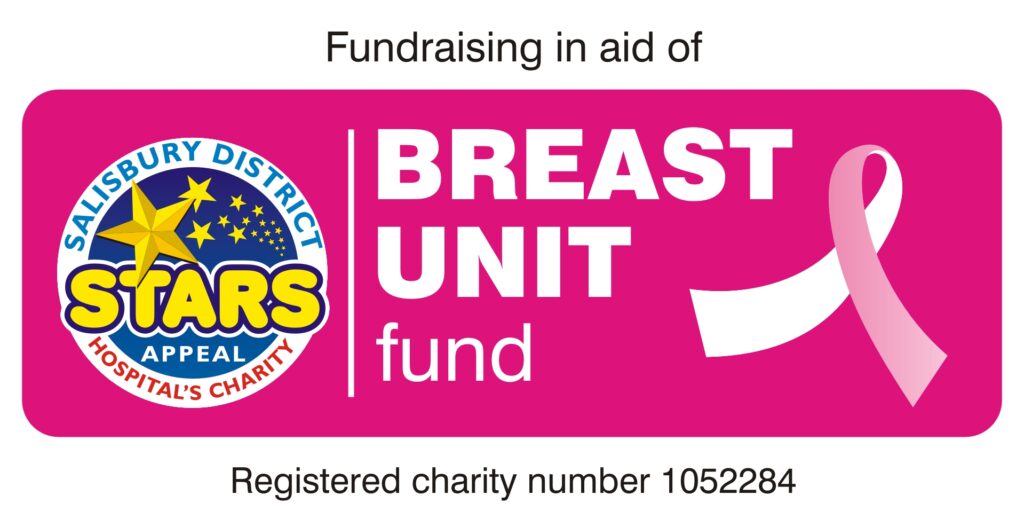You can find a link to our latest newsletter, sent out 29th June, here.
To receive your own copy directly to your inbox, please pop your name and email onto the box on our Contact page. Thanks.
You can find a link to our latest newsletter, sent out 29th June, here.
To receive your own copy directly to your inbox, please pop your name and email onto the box on our Contact page. Thanks.



With just over two weeks to go until the Charity bike ride, we are now up over £13,000 on our Just Giving page below. We are fundraising for Salisbury District Hospital Stars Appeal. All is detailed in the link below. Andy, Alistair and I are riding with others !!
The background from William: “My wife, Sarah, was diagnosed with Breast Cancer in late 2022 and, while sitting in Salisbury Hospital one grey and damp January morning, I read through the list of companies and individuals who had donated to the Breast care unit to provide a calm and peaceful atmosphere for treatment with a dedicated team of nurses. The care Sarah received from them throughout was faultless.
Any donations or sponsorship will be greatly appreciated. Our Just Giving page may be found here,
Thank you.

You may have heard William Warden speaking early this morning (Wed 28 June) on BBC Radio Wiltshire about Giant Hogweed.
Some background on this plant from the Wiltshire Wildlife Trust: “Giant hogweed is an invasive weed of riverbanks, where it prevents native species from growing. It was introduced into the UK by the Victorians as an ornamental plant for lakesides and gardens. It escaped into the wider countryside and gained notoriety in the 1970s as an alien species that favours damp spots like riverbanks. At this time, many children started to display blisters as a result of touching the plant’s sap while using the stems to make pea-shooters or telescopes: sunlight makes the skin sensitive to the irritants in the plant, causing the skin to redden. Today, it is widely acknowledged that neither gardeners nor conservationists should attempt to cut the plant down (exposing its sap) as its toxins can cause serious, recurring skin damage”.
For images and more information please see the link here
Other invasive species include Himalayan Balsam – also an invasive weed of riverbanks and ditches, where it prevents native species from growing.
and Japanese Knotweed – an invasive non-native plant of many riverbanks, waste grounds, and roadside verges, where it prevents native species from growing.
Different rules apply about planting or “causing these plants to grow in the wild”, so do check this out carefully.